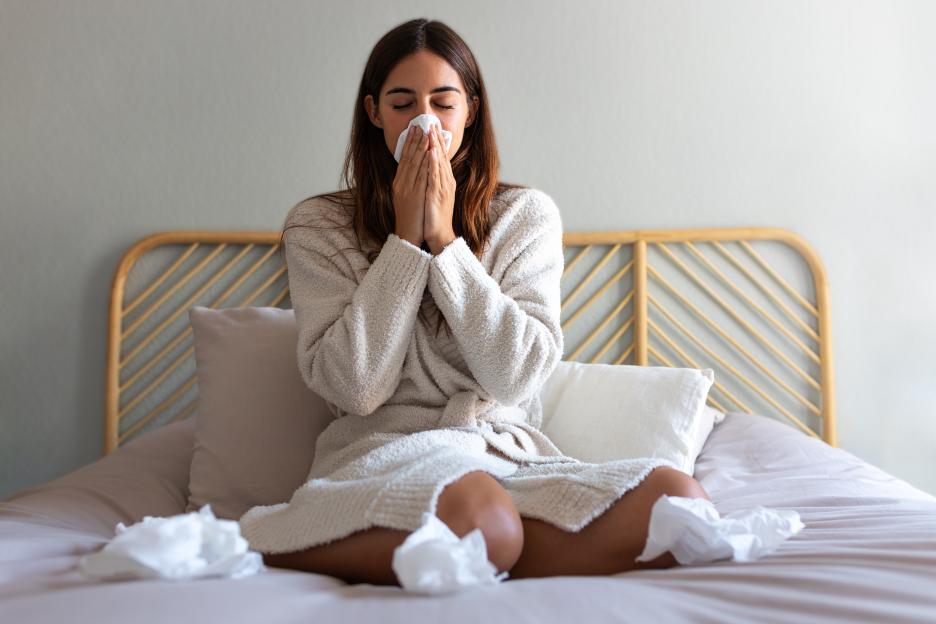TAKING hot showers could be making Brits go bald, a doctor has warned.
Those who enjoyed a superheated blast risked “dehydrating” their scalps and could suffer “sudden hair loss”, said Dr Wajid Ali Anwar, a plastic and reconstructive surgeon based in the UK.
 Around 40% of men develop male pattern baldness by the age of 50Credit: Getty
Around 40% of men develop male pattern baldness by the age of 50Credit: Getty
is very common and usually nothing to panic about. In fact, we tend to lose between 50 and 100 hairs a day, often without noticing.
Around 40 per cent of men in the UK develop noticeable male pattern baldness by the age of 50, research suggests .
This is a specific type of hair loss that starts with a or a bald patch on the crown and continues gradually over the years.
A similar proportion of women also experience some degree of thinning as they get older.
This type of hair loss usually runs in families, but hair loss can also be linked to , illness, , or treatments like , according to the NHS.
There is no direct evidence that hot showers lead to hair loss, but some believe that scalp can result in making the follicles smaller and thinning hair.
Dr Ali, who currently specialises in hair transplants at UK Hair Transplants , said: “Extremely hot showers can inflame the scalp, strip away protective natural oils and roughen the hair cuticle.
“When the scalp barrier is irritated and hair shafts are dehydrated, you’ll often see more breakage and the sort of temporary shedding that people commonly mistake for sudden hair loss.”
He, added: “If you’re already predisposed to thinning, harsh heat can make the problem look and feel worse.”
A previous study, published in Polymers in 2023, found that regular hot water exposure can damage in the hair that keeps it strong, meaning the hair becomes weaker and more fragile.
How to wash your hair safely
As winter creeps in and the evenings turn chilly, millions of Britons instinctively crank the dial to piping hot for a comforting shower.
But according to Dr Ali, that blast of very hot water could be doing your scalp and strands more harm than good, and for some people, even contributing to increased shedding.
He urged Brits to take “lukewarm” showers at around 37C to 39C.
Dr Ali Anwar said: “It should feel pleasantly warm, never scorching.
“If you don’t have a thermometer, use the wrist test.”
He added: “If it feels too hot on your inner wrist after a few seconds, it’s too hot for your scalp.”
The medic said evening showers lasting around five minutes were “better for you”.
He added: “You’re removing sweat, pollution and product build-up before bed, which reduces overnight irritation to the follicles.
“If you exercise in the morning, shower then – just keep the temperature tepid and avoid aggressive scrubbing.”
Everything you need to know about hair loss and thinning
Anabel Kingsley, Brand President and Lead Trichologist at Phillip Kingsley, spoke to Fabulous exclusively.
How many people experience it?
Hair thinning (aka female/male pattern hair loss) and hair shedding (aka telogen effluvium) are incredibly common. Telogen Effluvium probably impacts everyone at some point in their lifetime, while it’s estimated pattern hair loss affects 50% of men by age 50, and 40% of women by aged 50. However, everyone’s hair changes and loses some diameter with age.
Why does it happen?
Female and male pattern hair loss are largely genetic. It occurs when hair follicles on the scalp slowly miniaturize and start to progressively produce shorter and then finer hairs. In men, it is caused by a sensitivity of hair follicles to testosterone/ dihydrotesterone (DHT). This can also be the case with women but isn’t always.
TE occurs in response of some sort of underlying imbalance or metabolic shift. As hair is non-essential tissue, your hair follicles are very sensitive to general health as your body gives hair last priority. When something is imbalanced, or you are unwell, more hairs than usual exit the growth (anagen) phase of the hair growth cycle, rest for 3 months (called telogen) and then shed.
Common triggers are rapid weight loss, low calorie diets, thyroid disorders, iron and ferritin (a protein that stores iron) deficiency, lack of Vitamin B12 and Vitamin D, certain medications, intense stress, stopping or starting an oral contraceptive pill and high fevers. Due to the length of telogen, telogen effluvium doesn’t occur right after the causative event – it happens anywhere from 2-4 months later.
How much hair can someone be expected to lose?
With TE, you can lose up to 3x your ‘normal’ amount each day. It’s normal to lose up to 150 hairs per day, and with TE you may see between 300-400. Up to 50% of hair can be lost with shedding, but the good news is that it’s temporary and hairs should grow back as before once the underlying cause is addressed. With pattern hair, it depends.
Men can go almost completely bald, whereas women usually experience a more spread-out loss of hair over the top of their scalp. As pattern hair loss is progressive, early treatment is so important as this allows you to maintain as much hair density as possible.






